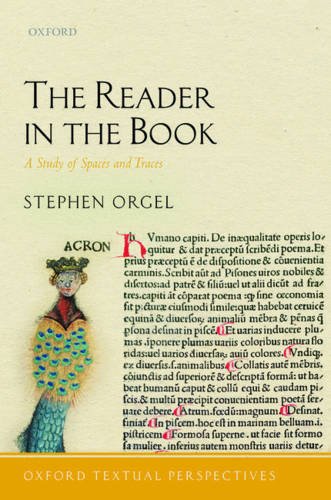

Most ebook files are in PDF format, so you can easily read them using various software such as Foxit Reader or directly on the Google Chrome browser.
Some ebook files are released by publishers in other formats such as .awz, .mobi, .epub, .fb2, etc. You may need to install specific software to read these formats on mobile/PC, such as Calibre.
Please read the tutorial at this link. https://ebooknice.com/page/post?id=faq
We offer FREE conversion to the popular formats you request; however, this may take some time. Therefore, right after payment, please email us, and we will try to provide the service as quickly as possible.
For some exceptional file formats or broken links (if any), please refrain from opening any disputes. Instead, email us first, and we will try to assist within a maximum of 6 hours.
EbookNice Team

Status:
Available4.4
41 reviewsBut these inscriptions constitute a significant dimension of the book's history, & what readers did to books often added to their value. Sometimes marks in books have no relation to the subject of the book, merely names, dates, prices paid; blank spaces were used for pen trials & doing sums, & flyleaves are occasionally the repository of records of various kinds.
The Reader in the Book deals with that special class of books in which the text & marginalia are in intense communication with each other, in which reading constitutes an active & sometimes adversarial engagement with the book. The major examples are works that are either classics or were classics in their own time, but they are seen here as contemporaries read them, without the benefit of centuries of commentary & critical guidance.
The underlying question is at what point marginalia, the legible incorporation of the work of reading into the text of the book, became a way of defacing it rather than of increasing its value--why did we want books to lose their history?
"Marginalia have always fascinated me. I have collected volumes with marks of ownership & annotations for decades, & have written occasionally about them. The fascinating exhibit at the Harvard Library Marks in Books organized by Roger Stoddard in 1985, with its excellent catalogue, helped to focus my interests, & H. J. Jackson’s Marginalia: Readers Writing in Books (2001), though concerned with later periods, offered a valuable example of how to take marginalia into account in writing about the history of books..."